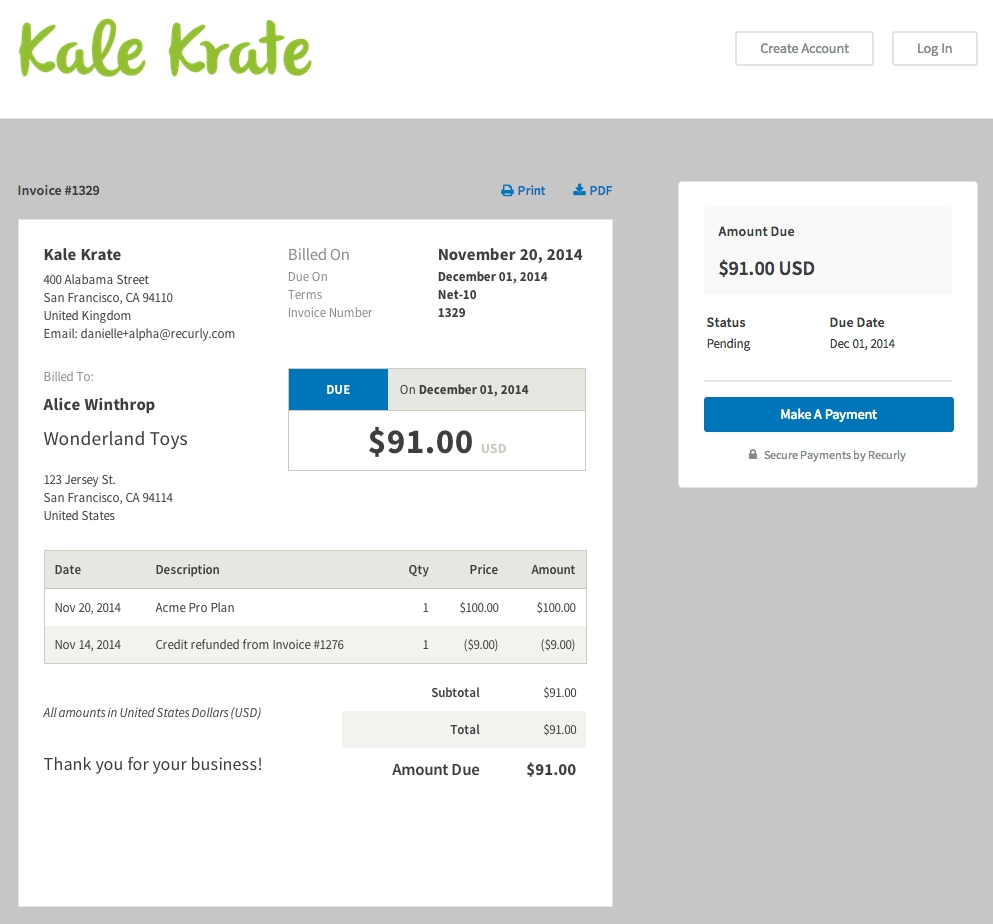Understanding Small Payments
Small payments, often referred to as micropayments, involve transferring tiny amounts of money, typically less than a dollar, in transactions. These payments are becoming increasingly relevant in today’s digital economy. Traditionally, small transactions were financially unviable due to processing costs and technological limitations. However, with technological advancements, these payments have gained traction in various sectors, including online media, e-commerce, and digital services. The trend reflects consumer demand for flexible, low-cost transactions, enabling users to pay only for what they consume. This growing trend is reshaping industries and creating new opportunities for consumers and businesses alike.
Benefits of Small Payments
Small payments offer several advantages, particularly for businesses and consumers looking for cost-effective and efficient transaction models. For consumers, they eliminate the need to pay a lump sum for services they may only partially use. For instance, instead of subscribing to an entire newspaper, readers can pay a small fee to access individual articles. Similarly, digital platforms like app stores and online marketplaces benefit from small payments, allowing users to pay per download or feature. This approach improves accessibility to products and services, enabling businesses to reach a broader audience and consumers to access content or services on a more flexible basis.
Challenges Associated with Small Payments
While the advantages of small payments are clear, there are also challenges to consider. One major obstacle is the cost of processing these transactions. Traditional payment systems often charge fees per transaction, which can make micropayments financially unfeasible. Additionally, there are concerns around security and privacy, as handling numerous small transactions can expose users and businesses to potential data breaches and fraud. To tackle these issues, companies are exploring new technologies, such as blockchain and decentralized finance (DeFi), to reduce processing costs and increase transaction security. These advancements could make small payments more efficient, secure, and appealing to a broader audience.
Future Potential of Small Payments
The future of small payments is promising, with emerging technologies poised to address current limitations. Innovations like blockchain and digital wallets are paving the way for smoother, cost-effective micropayment systems. For example, blockchain can facilitate fast, low-cost transactions without intermediaries, which makes it ideal for small payments. Furthermore, as more people adopt digital currencies, the convenience and flexibility of small payments are expected to expand across industries. Small payments could play a vital role in the future digital economy, enabling new business models and fostering a pay-as-you-go culture that aligns with modern consumer behavior.문화상품권신용카드



